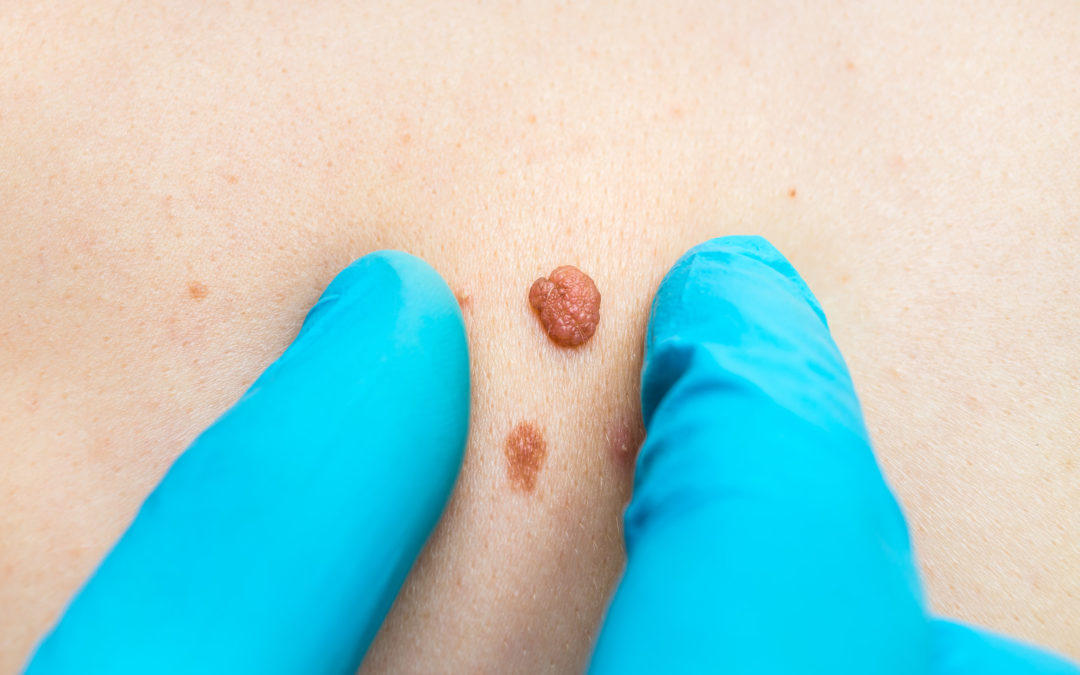Skin cancer rates have been increasing rapidly over the past several decades. A study published in Mayo Clinic Proceedings found that between 1970 and 2009, the rate of melanoma increased by 8-fold in young women and 4-fold in young men.
Rising skin cancer rates in young adults have occurred, despite advancing medical knowledge and technology. This article will discuss the likely causes of this trend and what young adults can do to reduce their risk of skin cancer.
Rising Skin Cancer Rates in Young Adults
A 2021 survey of 1,000 U.S. adults, conducted by the American Academy of Dermatology, found that Gen Z (people born after 1996) had the most significant misconceptions about skin cancer and the risks of sun exposure. Millennials, which includes people born between 1981 and 1996, weren’t far behind.
Among the Gen Z surgery participants, 42% are unaware that tanning causes skin cancer, 41% are unaware that UV rays from the sun are reflected by snow, water, and sand, and 33% are unaware that they can get sunburned on a cloudy day.
The survey revealed that among Millennial participants, 42% are unaware that the sun’s UV rays can pass through clothing, 37% are unaware that tanning causes skin cancer, and 23% are unaware that sunburn increases the risk of developing skin cancer.
If the results of this survey are any indication, rising skin cancer rates among young adults are, at least in part, due to a lack of awareness about the risks of skin cancer. A higher prevalence of tanning and indoor tanning bed use is likely also a factor.
Lowering Your Skin Cancer Risk
Young adults can reduce their skin cancer risk, while still enjoying time outdoors, by following these basic tips:
- Apply a water-resistant, broad-spectrum sunscreen with an SPF of at least 30 minutes before heading outside.
- Reapply sunscreen every two hours while spending time outside, or immediately after sweating or swimming.
- Wear clothing, including sunglasses with UV protection, for added sun protection. Clothing with a UPF (ultraviolet protection factor) label is more effective for blocking the sun’s UV rays.
- Between the peak hours of 10 a.m. and 2 p.m., try to seek out shade while spending time outside.
Annual screenings help to identify skin cancer in its early stages. To schedule your screening, contact The Bowman Center today.

